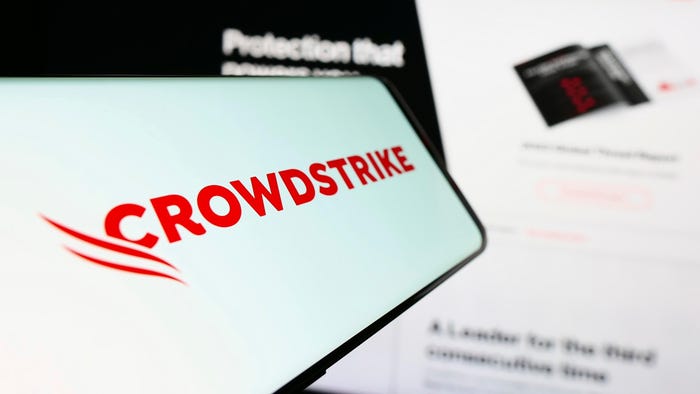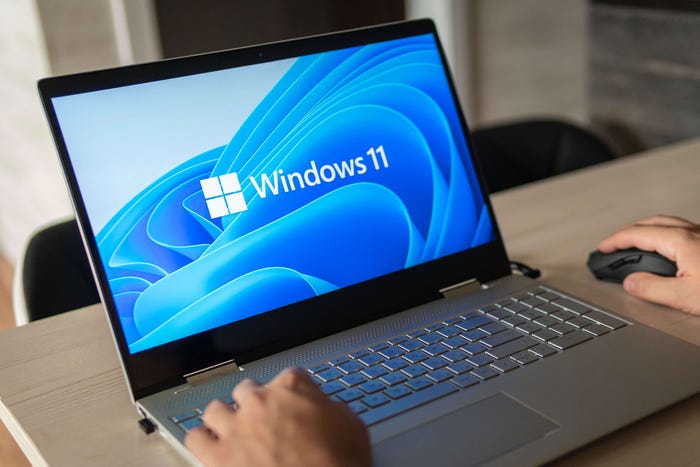PandaLabs: U.S. Ranks Ninth In Global PC Infection
Global infection ratio hits all time high this year at nearly 60 percent
September 30, 2009

PRESS RELEASE
PandaLabs, Panda Security's malware analysis and detection laboratory, today announced that it has detected a 15 percent increase in the total number of malware-infected computers in September in comparison to the previous month of August. According to data gathered from users that scanned and disinfected their computers with the free Panda ActiveScan online antivirus, the average infection ratio rose to 59 percent, the highest rate this year.
In comparison to the infection rates of 29 countries, the U.S. ranks ninth with an infection ratio of 58.25 percent, just below the worldwide average. Taiwan has the most infected PCs, with a 69.10 percent corruption, followed by Russia and China at 67.99 percent and 61.97 percent, respectively. The country with the least infections is Norway at 39.60 percent. To view a table that outlines the percentage of infected computers by country, please visit: http://www.flickr.com/photos/panda_security/3963144168/.
According to Luis Corrons, Technical Director of PandaLabs, "There is a false sense of security, as users perceive there to be no real danger at the moment. When their computers get infected, they rarely notice any symptoms."
Panda's study revealed that U.S. computers are infected by the most dangerous malware strains: Trojans, followed by adware, worms and viruses. To see the number and types of malware on infected computers in the U.S., please visit: http://www.flickr.com/photos/lithium-/3963437003/sizes/o/.
"This is a clear sign that hackers are becoming more and more sophisticated," explains Corrons. "Cybercriminals have found news ways to spread their creations, frequently exploiting the latest news stories to launch attacks through social networks, videos, and email. The huge amount of Trojans in circulation is due to the spectacular increase in the number of banker Trojans aimed at stealing user data."
About PandaLabs
On receiving a possibly infected file, Panda Security"s technical staff get straight down to work. The file is analyzed and depending on the type, the action taken may include: disassembly, macro scanning, code analysis etc. If the file does in fact contain a new virus, the disinfection and detection routines are prepared and quickly distributed to users.
Read more about:
2009You May Also Like
CISO Perspectives: How to make AI an Accelerator, Not a Blocker
August 20, 2024Securing Your Cloud Assets
August 27, 2024


